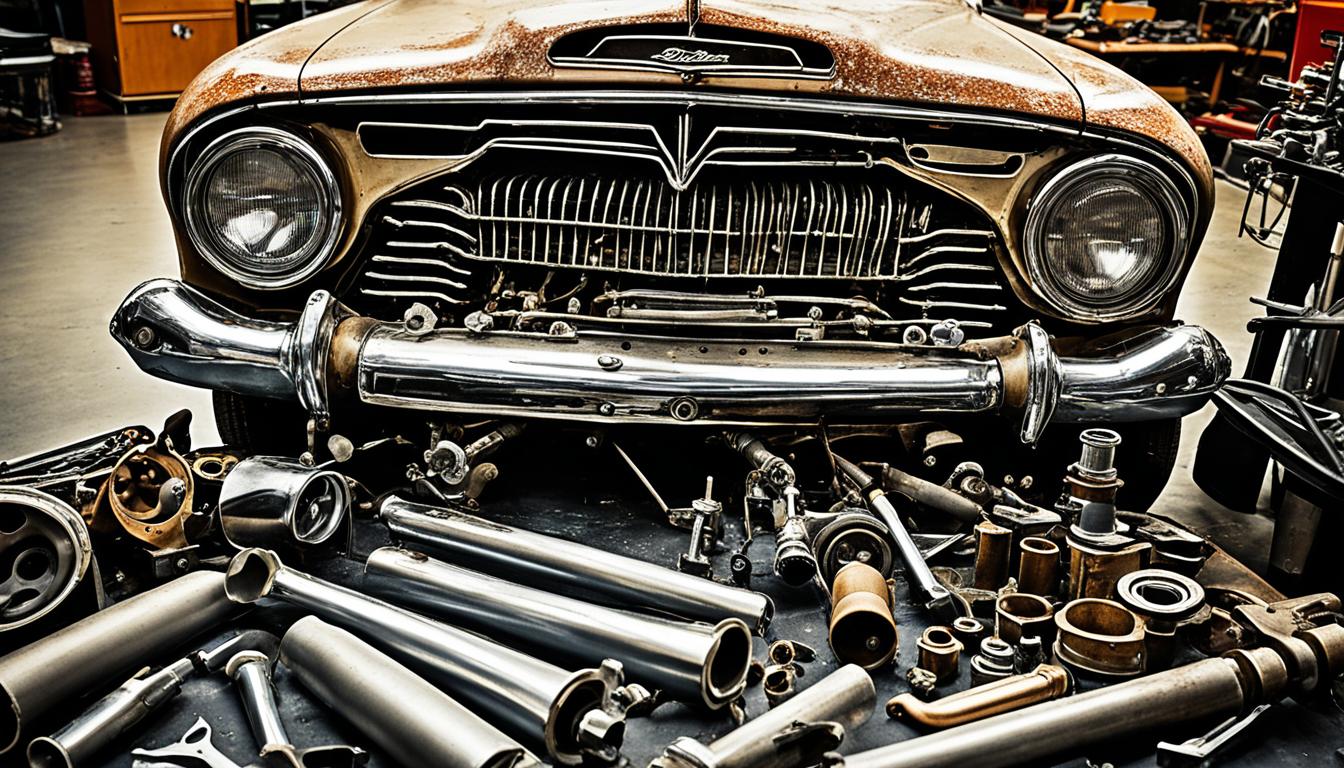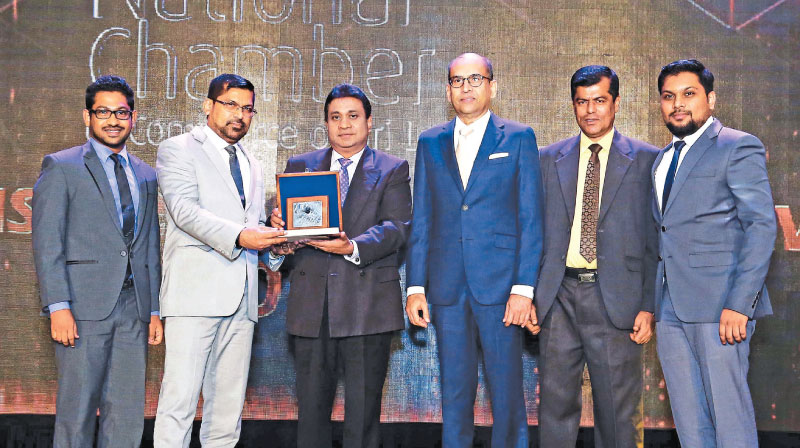Classic car restoration is a detailed and passionate work. It aims to make vintage cars look like new again. This process honors the cars’ history and makes them beautiful once more. From simple repairs to full makeovers, each car gets a new life.
Experts with deep knowledge of cars bring these classics back to life. They make sure these cars are not just pretty to look at but also run well. This way, classic cars are saved for future generations to enjoy.
Key Takeaways
- Classic car restoration is essential for preserving automotive legacy.
- Skilled craftsmanship and knowledge are crucial in the restoration process.
- Renovation helps maintain the authenticity of vintage automobiles.
- Restored vehicles often perform better while retaining their original charm.
- Classic car enthusiasts play a vital role in keeping history alive.
The Importance of Classic Car Restoration
Classic car restoration is key to keeping our car history alive. It keeps the stories of old vehicles going, linking us to a rich past of design, engineering, and culture. By restoring these cars, fans help keep history alive and teach future generations about their importance.
Preserving Automotive History
Every classic car tells a unique story, showing us different eras and tech breakthroughs. Restoration keeps these stories alive. Restorers focus on every detail, bringing back the beauty and innovation of the past.
This work lets car lovers see the art and skill of old times. It’s a way to honor the past.
Enhancing Value for Collectors
Restoring classic cars not only saves history but also boosts their value. A good restoration can make a car more valuable. Collectors want cars that are true to their original look and quality.
A restored classic car becomes more sought after, making it a better investment.
Understanding the Classic Car Restoration Process
Starting a classic car restoration needs careful planning for success. It begins with a detailed check-up of the car’s condition. This step helps restorers understand the car’s current state and any possible issues.
Assessment of the Vehicle’s Condition
Checking the vehicle means looking at several key areas:
- Rust and corrosion levels
- Structural integrity
- Authenticity of parts
A detailed report on these points is key for making future restoration decisions.
Planning and Budgeting for Restoration
After checking the car’s condition, planning for restoration comes next. This includes key points:
- Sourcing original parts versus aftermarket ones
- Setting realistic timelines
- Figuring out labor and material costs
Good planning keeps the project on schedule and helps manage costs. It ensures the restoration meets the desired quality and stays true to the original.
Key Steps in Classic Car Restoration
Restoring a classic car involves several key steps. These steps make sure the car looks great and lasts long. Each step is important for the final result and how happy the owner will be.
Disassembly and Inspection
First, you take the car apart to check each part closely. It’s crucial to look carefully because problems might not be easy to see. Finding and noting any hidden damage helps plan the restoration.
Repairing or Replacing Damaged Parts
After inspecting, fix or replace any broken parts. This makes sure the car runs well and looks right. Experts decide what to fix and what to replace for the best look.
Repainting for a New Finish
Finally, repaint the car for a fresh look. A good paint job makes the car look new and protects it from damage. Using the right techniques keeps the car looking good for many years.
Classic Car Repair Techniques
Classic car repair techniques are key to keeping vintage cars running well and looking great. Learning different methods is crucial for top-notch restorations. Skills like welding and engine rebuilding can make classic cars look and run better.
Welding for Structural Integrity
Welding is a must-have skill for fixing classic cars. It’s used to fix frames or body panels damaged by rust or accidents. Good welding not only fixes but also strengthens these parts, making the car last longer.
Engine Rebuilding for Performance
Engine rebuilding is vital for classic car repairs. It can fix issues like oil leaks, slow acceleration, or worn-out engines. By reconditioning parts, the engine can run smoothly, giving classic cars a fresh feel.
Electrical System Overhaul
Fixing the electrical system is also key in classic car repairs. Many old cars have outdated wiring and parts that don’t work well. Fixing these can make the car more reliable and safer to drive. It’s important for keeping classic cars running well.
Classic Car Refurbishment vs. Restoration
When talking about classic cars, refurbishment and restoration are often mixed up. But they have different goals. Refurbishment is about making the car look good again without doing a lot of mechanical work. It’s perfect for cars that are already in good shape but need a new look.
This way, owners can keep their cars looking great without spending too much. Classic car refurbishment is a smart choice for those who want to save money but still enjoy their vehicle’s beauty.
Understanding Refurbishment
Refurbishment focuses on making the car look new again. This means new paint, updated upholstery, and small mechanical tweaks. It’s a quicker and easier way to make a car look great without spending a lot of time or money.
It’s ideal for people who want to drive or show their classic cars fast. They don’t need to wait for a full restoration.
Choosing the Right Option for Your Vehicle
Deciding between refurbishment or restoration depends on a few things. Think about your car’s condition, your budget, and what you want from owning it. If keeping the car’s original look and value is important, restoration might be the better choice.
But if you’re looking for a project that’s easier and less expensive, refurbishment could be the way to go. It’s a good option for those who want to enjoy their classic car without a big investment.
FAQ
What is classic car restoration?
Classic car restoration is a detailed process. It aims to make vintage cars look like new again. This keeps their history alive and makes them more beautiful.
Why is classic car restoration important?
Restoring classic cars helps keep automotive history alive. It teaches future generations about the past. And it makes these cars more valuable to collectors.
What does the classic car restoration process involve?
First, the car’s condition is carefully checked. Then, a plan and budget are made. This includes finding parts and setting deadlines.
What are the key steps in classic car restoration?
Important steps include taking the car apart and checking for hidden damage. Then, fixing or replacing broken parts. Finally, refinishing the car with top-quality paint for looks and protection.
What classic car repair techniques are commonly used?
Common repairs include welding for strength, rebuilding engines for better performance, and fixing electrical systems for reliability.
How does classic car refurbishment differ from restoration?
Refurbishment focuses on making the car look better without fixing everything. It’s for cars that are already in good shape but need a fresh look.
What should I consider when choosing between restoration and refurbishment?
Think about the car’s condition, your budget, and what you want from owning it. Restoration keeps the car true to its original form. Refurbishment is cheaper and focuses on looks.



